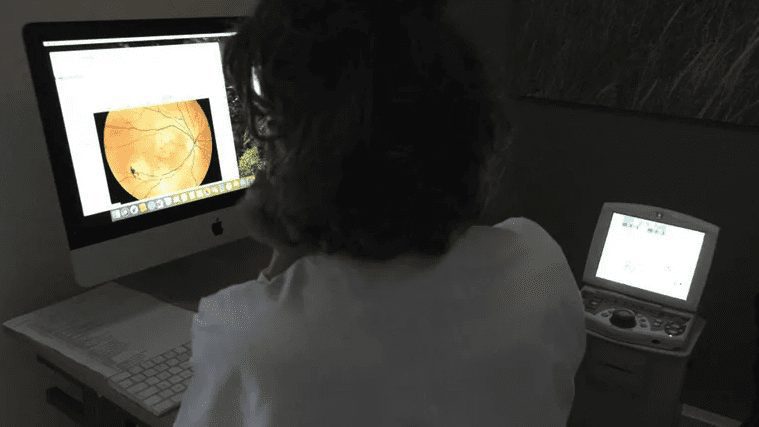New research suggests that the eyes can provide critical information about the likelihood of future heart attacks.
During the European Society of Human Genetics annual meeting, researchers from the University of Edinburgh presented the results of a study that suggests eye exams can predict future cardiac health by focusing on the patterns and overall appearance of the numerous blood vessels in the retina.
The study evaluated the health records of more than 500,000 UK patients. Each record included general data such as patient demographics, genotype, history of chronic illness, and risk factors such as smoking, accompanied by the patient’s retinal images.
Researchers used the images to calculate “fractal dimensions” and examine the patterns formed by the branching of the vessels.
“We found that simplified vessel branching patterns is related to coronary disease and hence heart attack,” said Ana Villaplana-Velasco, a Ph.D. student associated with the Usher and Roslin Institutes.
Lower fractal dimensions and a lack of branching of the retinal blood vessels suggest a much higher propensity for coronary artery disease, which can, in turn, result in myocardial infarction down the line.
Retinal imaging is a relatively simple and non-invasive procedure, but it should not be the only test undergone to assess cardiac health. When combined with basic genetic information and other simple diagnostics, physicians can calculate the risk of a heart attack occurring in the next five years.
The study’s researchers recommend retinal testing for people over 50. They speculate that myocardial infarction is not the only thing retinal images can predict, noting they “believe it is possible that every condition may have a unique retinal variation profile.”






